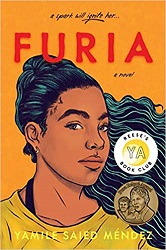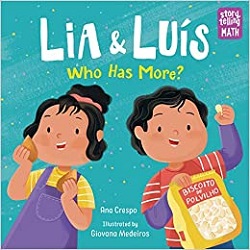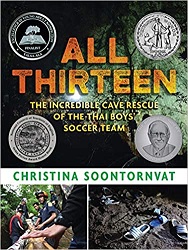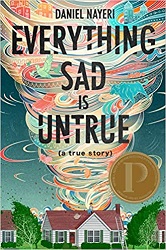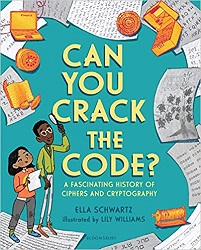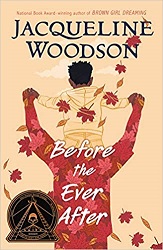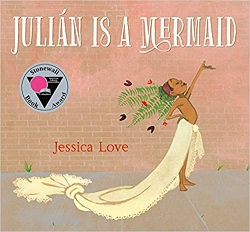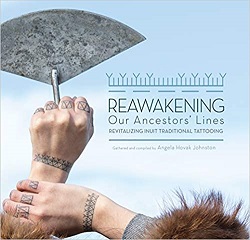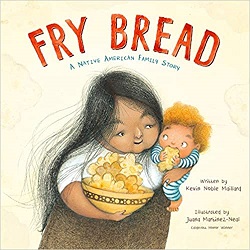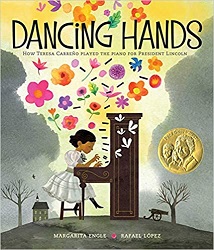Review of Furia, by Yamile Saied Méndez
by Yamile Saied Méndez
Algonquin Young Readers, 2020. 357 pages.
Review written October 17, 2020, from a library book
Starred Review
2020 Cybils Award Winner
2021 Pura Belpré Young Adult Author Medal Winner
Furia is set in Argentina, telling the story of 17-year-old Camila, who dreams of being a soccer star. Her father played soccer until an injury stopped his career, and her older brother has recently gone professional. But her family doesn’t think that girls should play soccer, so she has to keep her play secret. However, when they win their league championship, she’s going to need her parents’ permission to play in the South American tournament.
Meanwhile, her childhood friend Diego has come back to town. Her family doesn’t know that things got romantic between them before he joined an Italian professional soccer team. That spark is still there. Diego, and apparently everyone else, thinks that she should give up her own dreams and go back with him to Italy. But even though Camila cares about him, she’s got a fire inside and wants to follow her own path.
Along with that story, there are undercurrents about women’s rights in Argentina, domestic violence, and expectations for women. Camila has to navigate all of this while trying to get attention for her skills. She dreams of going to America, where women can play professional soccer.
But meanwhile, how does she navigate all the secrets she’s keeping?
I love the way the book starts, setting up the framework of the setting and Camila’s people:
Lies have short legs. I learned this proverb before I could speak. I never knew exactly where it came from. Maybe the saying followed my family across the Atlantic, all the way to Rosario, the second-largest city in Argentina, at the end of the world.
My Russian great-grandmother, Isabel, embroidered it on a pillow after her first love broke her heart and married her sister. My Palestinian grandfather, Ahmed, whispered it to me every time my mom found his hidden stash of wine bottles. My Andalusian grandmother, Elena, repeated it like a mantra until her memories and regrets called her to the next life. Maybe it came from Matilde, the woman who chased freedom to Las Pampas all the way from Brazil, but of her, this Black woman whose blood roared in my veins, we hardly ever spoke. Her last name got lost, but my grandma’s grandma still showed up so many generations later in the way my brown hair curled, the shape of my nose, and my stubbornness – ay, Dios mío, my stubbornness. Like her, if family folklore was to be trusted, I had never learned to shut up or do as I was told.
yamilesmendez.com
AlgonquinYoungReaders.com
Find this review on Sonderbooks at: www.sonderbooks.com/Teens/furia.html
Disclosure: I am an Amazon Affiliate, and will earn a small percentage if you order a book on Amazon after clicking through from my site.
Disclaimer: I am a professional librarian, but the views expressed are solely my own, and in no way represent the official views of my employer or of any committee or group of which I am part.
What did you think of this book?
